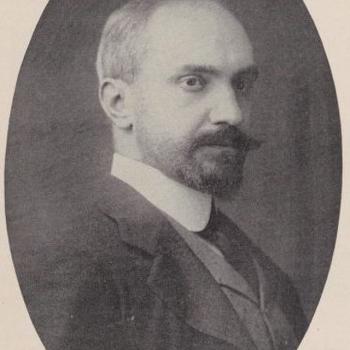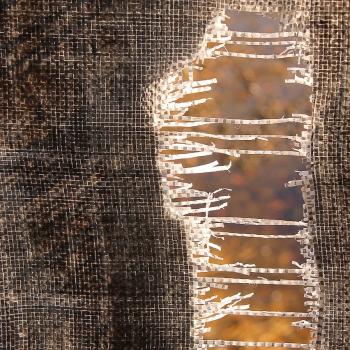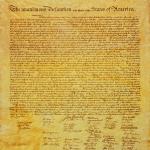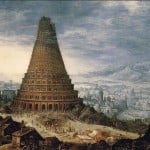In 1642, during the British Civil War, Protestant troops of Cromwell’s New Model Army celebrated taking the city by looting the cathedral at Winchester. Troops used the stained glass windows for target practice and showed their disdain for monarchy and Catholic saints by smashing open crypts and pitching the bones through the stained glass windows. Construction on Winchester Cathedral had begun in 1079 on a site where a Christian church had stood since the 600s.
This was the second iconoclastic spasm in England. The first, three hundred years earlier, had been under the direction of Henry VIII. At that time, medieval statues had been smashed and used for building material. Perhaps the most egregious instance occurred at Canterbury Cathedral, where the shrine to Thomas A Beckett, constructed in 1220, was smashed to dust in 1538. The shrine, destination of Chaucer’s pilgrims, had long stood for the supremacy of religion over the state. Henry was having none of that.
The Protestant iconoclastic spirit traveled to the Western Hemisphere with the Pilgrims and Puritans, who built wooden meeting houses without adornment or symbol.
Religions are funny about symbols. Hebrew law forbade graven images. Muslim art is abstract and Muslims get testy about depictions of Mohammed. The Eastern Orthodox and Roman Catholic churches split over the question of icons. Worn out Torahs are buried. Don’t burn the Koran. And Bibles? Search the web on that one. Protestants are all over the map in relation to religious symbols.
First Unitarian Society of Minneapolis, where I serve as minister, is a good example of what we might call the ultimate in Protestant protesting. There are no symbols at all in the sanctuary—called in classic humanist fashion an “assembly hall.” Built in 1951 in the International Style of the time, the walls are brick and wood and glass. Cromwell’s New Model Army would find nothing to complain about in the assembly hall. Kings and saints; icons and symbols have all gone out the window. There is even some suspicion of the one image—deliberately left ambitious in the tradition—of Unitarian Universalism, the chalice.
What’s up with religions and symbols? What is it about images and imagination?
It’s easy to forget that for most of human history there were no movies; no TV shows; no photographs. Not even “realistic” art of the sort that developed in the Renaissance. For the most part, realistic representation occurred only in sculpture, a 3D representation.
There is still debate about whether or not audiences ran in terror upon seeing the first motion picture, Lumiere’s “L’arrivee d’un train en gare de La Ciotat,” in 1896. Whatever really happened, the human mind began to change when pictures began to move. Previously, movement had occurred only in reality, dreams, or visions. Now, we see moving images everywhere. What has that done to the human mind?
The image, the symbol, is central to human understanding. The McDonald’s “M” speaks to more people than any other in the world. The Mercedes icon is one of the most often stolen objects in the world. We huddle around glowing screens to watch stories unfold.
Even atheists, in the unadorned walls of an assembly hall, imagine a symbol—even if a negative one—called “god.” John H. Dietrich, a minister at the church I serve and one of the originators of “religious humanism,” said, “The human mind invariably confuses the symbol with the thing symbolized.” The implication: mistrust symbols. Yet, oddly, it is not only the most protesting Protestant who believes this. A Byzantine hymn contains these words: “Free me from symbols, from words, that I may discover the signified.” And Hindu thinkers, in their own forest of symbols, said, neti, neti, “not this, not that.”
We may hurl bones through all the windows of stained glass, yet, somehow, as happened at Winchester Cathedral after the Civil War, the windows will be restored. The citizens of Winchester could not afford to repair the windows to their former glory, so they glued the pieces back together as a hodgepodge, a mosaic. The symbol always comes back.















